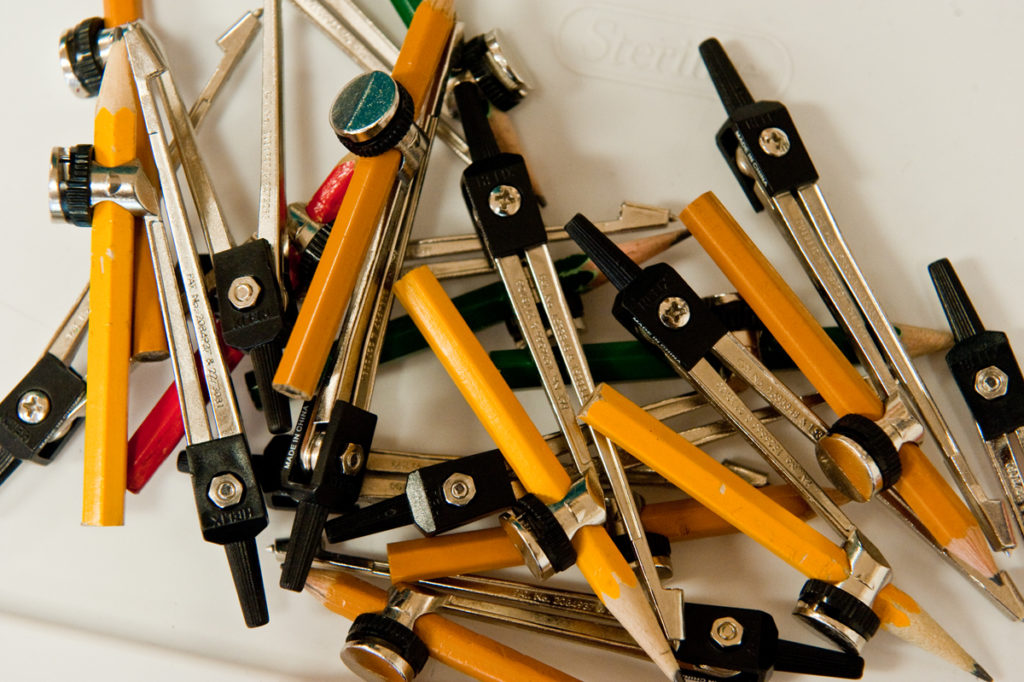
Guided Discovery is a powerful Responsive Classroom strategy for introducing materials in a way that sparks curiosity, promotes student ownership, and supports active learning. Rather than telling students how to use a new tool or resource, teachers guide them through structured exploration that invites creative thinking and builds shared expectations for care and use. The examples below, submitted by Responsive Classroom educators, highlight how you can use Guided Discovery to deepen academic learning, extend student engagement, and inform instruction.
Guided Discovery can be an effective way to introduce both academic content and classroom tools. One first-grade teacher began a weather unit by introducing thermometers through Guided Discovery. The process started with modeling how to handle and care for the thermometers. Then, students brainstormed what they could measure with them.
Students explored by checking temperatures indoors and outdoors, comparing hot and cold water, and testing different areas of the school building. The class even invited the school nurse to demonstrate how to take body temperature. As students used thermometers throughout the day, they began recording and sharing their findings, which led to rich comparisons and new questions. This student-driven exploration fostered enthusiasm, scientific thinking, and vocabulary development.
Guided Discovery encourages students to think beyond conventional uses of classroom materials. In one third-grade classroom, tangrams were introduced without explaining that they are typically used for puzzles. Instead, students were invited to brainstorm potential uses—such as tracing, picture-making, and measuring—and then explore freely.
Students created elaborate designs, used shapes repeatedly to build complex patterns, and demonstrated a strong understanding of symmetry and spatial relationships. This open-ended exploration revealed a deeper comfort with geometry concepts than expected and highlighted how Guided Discovery can surface creativity and deepen content learning.
Guided Discovery can also help reinforce and extend recent lessons. In a fifth-grade class studying light, students explored the properties of tissue paper through Guided Discovery. As they examined the paper’s characteristics, they used scientific vocabulary such as “transparent,” “translucent,” and “opaque,” applying prior knowledge in a new context.
Students experimented with layering colors, creating art projects like flowers, animals, and structures. This exploration led the teacher to realize that the class needed a refresher on plant science, prompting a shift in upcoming instruction. In this way, the Guided Discovery not only engaged students but also gave the teacher valuable insight into their understanding.
You can read more about Guided Discovery in: